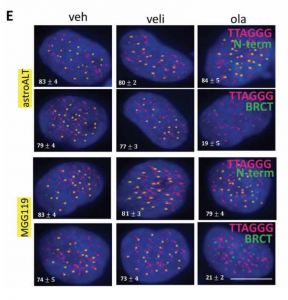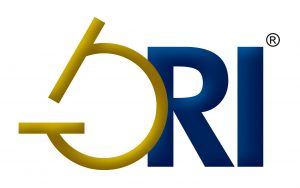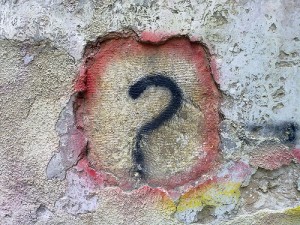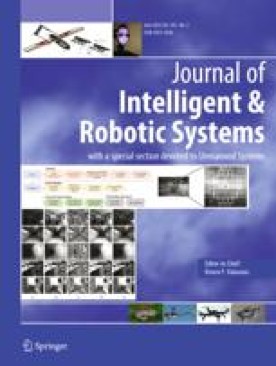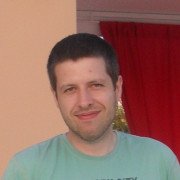Stephen Barrett, a U.S. physician and founder of Quackwatch, makes a point of calling out homeopathy and other health products and practices that lack evidence.
In that vein, earlier this year he emailed the Journal of Oral and Maxillofacial Surgery to critique a 2019 article by Walter Tatch titled “Opioid Prescribing Can Be Reduced in Oral and Maxillofacial Surgery Practice,” which has been cited five times, according to Clarivate’s Web of Science.
Continue reading Journal sends cease-and-desist letter to a company marketing a homeopathic alternative to opioids

